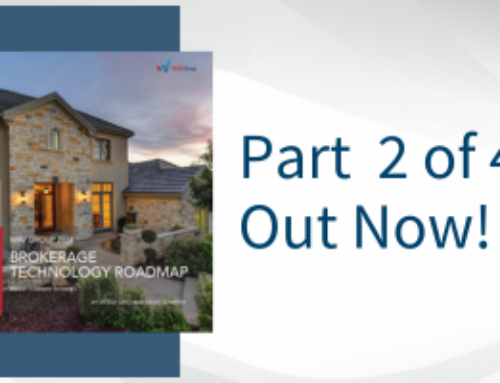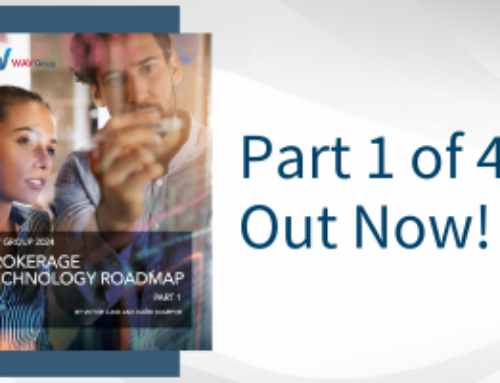 The most famous mash-up of valuation data and marketing applications was Zillow’s “Zestimate,” the centerpiece of Zillow’s national launch in 2006. Zillow’s PR folks at the time positioned their new tool aggressively. I was VP of Public Affairs at NAR at the time, and I will never forget the phone calls we received from national reporters suggesting that maybe now consumers would no longer need Realtors to sell their homes because they could find out their home values online.
The most famous mash-up of valuation data and marketing applications was Zillow’s “Zestimate,” the centerpiece of Zillow’s national launch in 2006. Zillow’s PR folks at the time positioned their new tool aggressively. I was VP of Public Affairs at NAR at the time, and I will never forget the phone calls we received from national reporters suggesting that maybe now consumers would no longer need Realtors to sell their homes because they could find out their home values online.
Though the early Zestimates needed further refinement, there’s no doubt that the launch was a tremendous PR success. Automated valuation models (AVMs) like Zillow’s multiplied like rabbits, not just because they can be great traffic generators but because they are also hugely profitable ways to generate leads for brokers and loan officers.
Over the past decade, the marriage of real estate data and marketing tactics has taken different forms. I worked for Allan Weiss for several years to support his extraordinary Weiss Analytics maps and reports on individual properties. Unlike most other valuation tools, he Allan has assembled a massive Big Data database covering millions of homes and uses four repeat sales indexes to create extraordinary accuracy at the house-by-house level. Over the past year, Allan has joined with Brad Inman to create what may be the best valuation tool ever developed for real estate professionals. It not only gives current values based on house-specific data, but it also forecasts near term valuation trends on a micro level—information worth its weight in gold for sellers, buyers, and investors.
Now several start-ups are taking valuation data a step further. They are combining valuations with a wide variety of lifestyle and personal financial data ranging from marital status, family size, employment, the length of ownership and even hobbies to generate “predictive analytics” that resemble the algorithms Amazon and Starbucks developed to anticipate customer preferences for their products. These real estate applications create “trigger” data that identify specific homeowners for brokers to market.
These new tactics, borrowed from retailing and wrapped in real estate lingo, are immensely appealing. Who would not want to forego the cost of hit or miss mass mailings and mind-numbing cold calling to focus on the family that’s having dinner table discussions on selling their home? Isn’t it time to move real estate farming into the digital era?
The jury is clearly out. Review and comments from agents who have used them give these new tools mixed reviews. Like many new marketing concepts, predictive analytics makes for a great power point, but the proof is in the secret sauce behind the curtain of code. Has someone come up with a magic wand for real estate farming that really works or does predictive analytics work better selling books and coffee than homes?
If predictive analytics follows the path of other new real estate applications, the answer probably won’t be known for several more years. During that time, it will probably take a failure or two, a lot of refinement and re-launches, even more venture capital, and brokers willing to be guinea pigs.





Leave A Comment